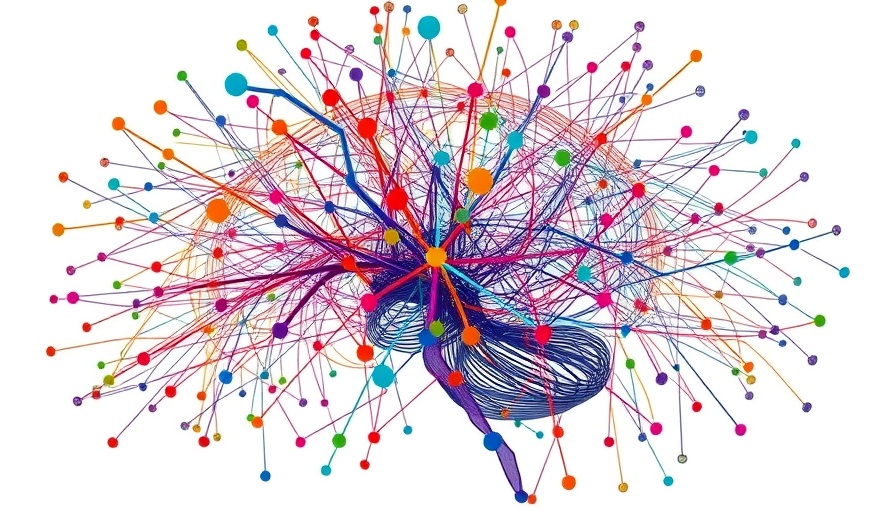
News from the Frontiers of Neuroscience
For many years, research into the brain has focused primarily on neurons—the essential cells responsible for communicating information. However, it is time to shift our focus to the messages being relayed across these neural connections. By examining the brain through the lens of these messages, we may uncover critical insights that can enhance our understanding of cognitive processing, especially in contexts like autism spectrum disorder (ASD).
Why Looking at Messages Matters
Research shows that discrete patterns of excitation—beyond just the individual spikes—can influence how information is transmitted across the brain's complex networks. This perspective allows us to see how messages, formed by sequences of neuron activity, travel across multiple connections. A fascinating study highlighted that distinct message sequences can appear in a specific order across neurons, suggesting that brain messages have a repertoire of pathways that can change depending on context.
Implications for Autism Research
Understanding how messages exchange in the brain could be particularly beneficial for autism research. Since individuals with ASD experience the world differently, focusing on how their brains process information may reveal targets for intervention. This reorientation in perspective might lead us to develop more effective cognitive therapies and improve early intervention strategies for children with autism.
Taking Action: What Can Parents Do?
For parents of autistic children, remaining informed about these cutting-edge studies is vital. Awareness of the latest findings in behavioral science and cognitive therapy can help in making educated decisions regarding available interventions. Knowing how communication works in the brain can empower parents to advocate for interventions that tap into such knowledge. If you’re interested in exploring more about autism breakthroughs and available resources, Learn More.
 Add Row
Add Row  Add
Add 




Write A Comment